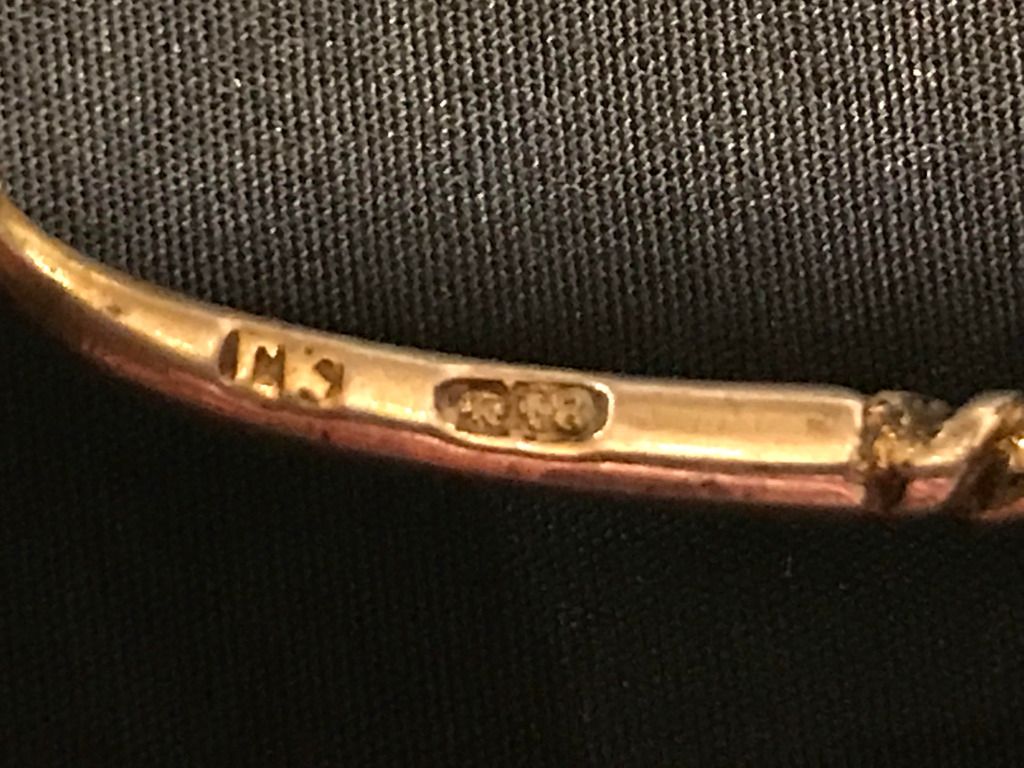Hi Waldenshaw -
The purchase or collecting of Russian silver (enamel) presupposes a certain knowledge. This applies to the system of marking over several decades as well as the quality, execution and typical "handwriting" of the individual artists. There were simple, average and outstanding artists. Gustav Klingert was one of the outstanding artists. All his marks and countless of his works are known or in collections gathered. In other words: there are no secrets or questions!
Just to remember some wellknown facts, please read attentively:

The following sentences "Traditional style, without shaded painting. Typical is the use of turquois-coloured enamel over large surfaces relieved only by a filigree tracery "invite the fakers to fabricate the always same, unimaginative salt cellars, spoons and napkin rings. The wrong marks are mixed, Latin and/or Kyrillic with the wrong assay. Notice when Latin and when Cyrillic was marked! Compare with the phantasy marks on your objects! Time and style does not fit.
And a last hint: the outer bottom of a salt cellar on 4 ball feet is the best imaginable protected place for a mark. Have a look at the unclear and distorted marks on your objects. Coincidence? Authentic marks look different!
One example - have a close look at the lettering details and the assay!

Regards
Goldstein















